Capturing Beauty
September 20, 2023

As the warm days of summer draw to a close, what better way to encapsulate the season’s essence than through the graceful and vibrant world of butterflies?
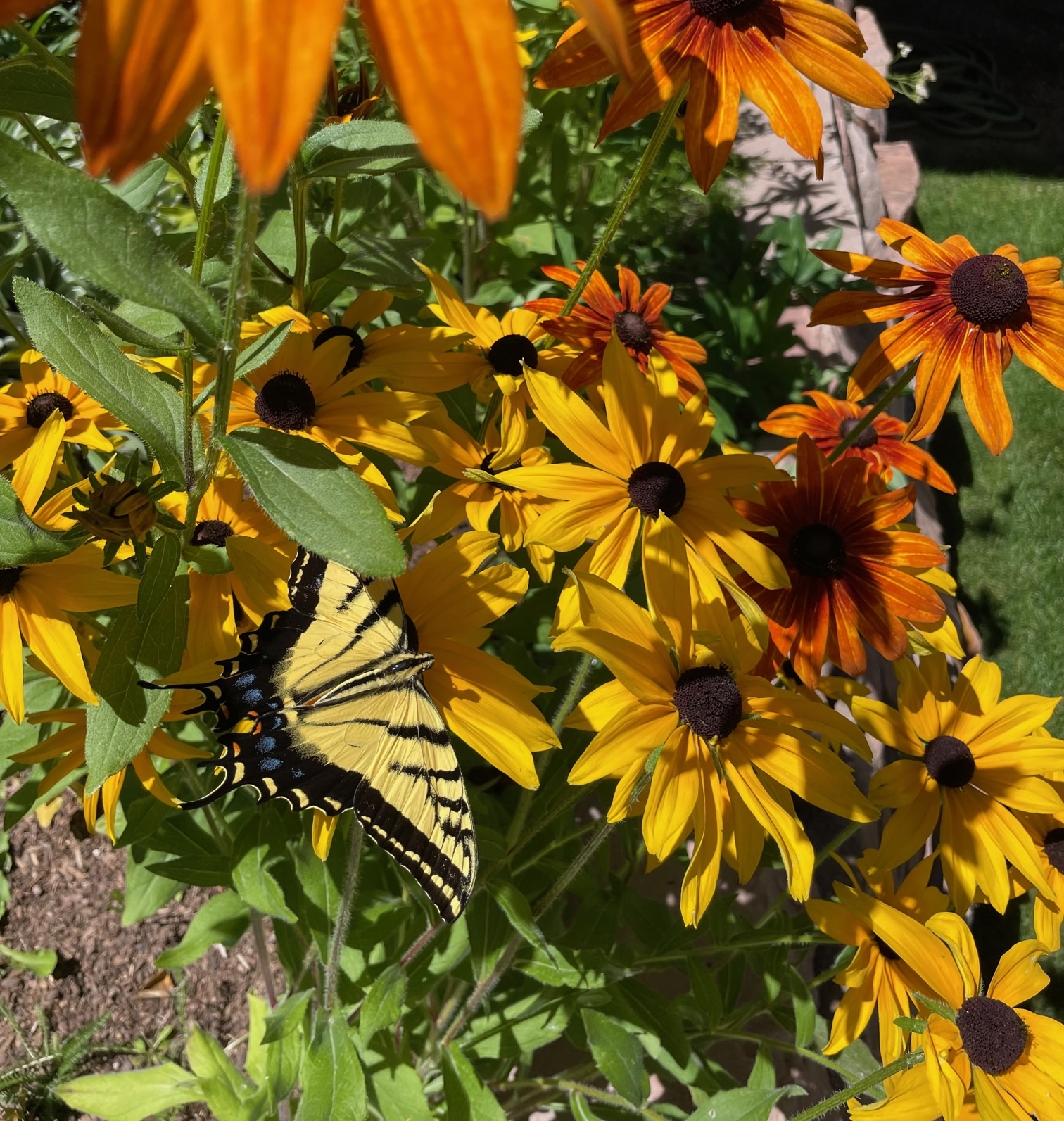
I’ve enjoyed their delicate dance in my garden this year, a gentle presence amidst the flowers. Like living works of art fluttering from bloom to bloom, they are captivating creatures. Sometimes the best things come in small packages.
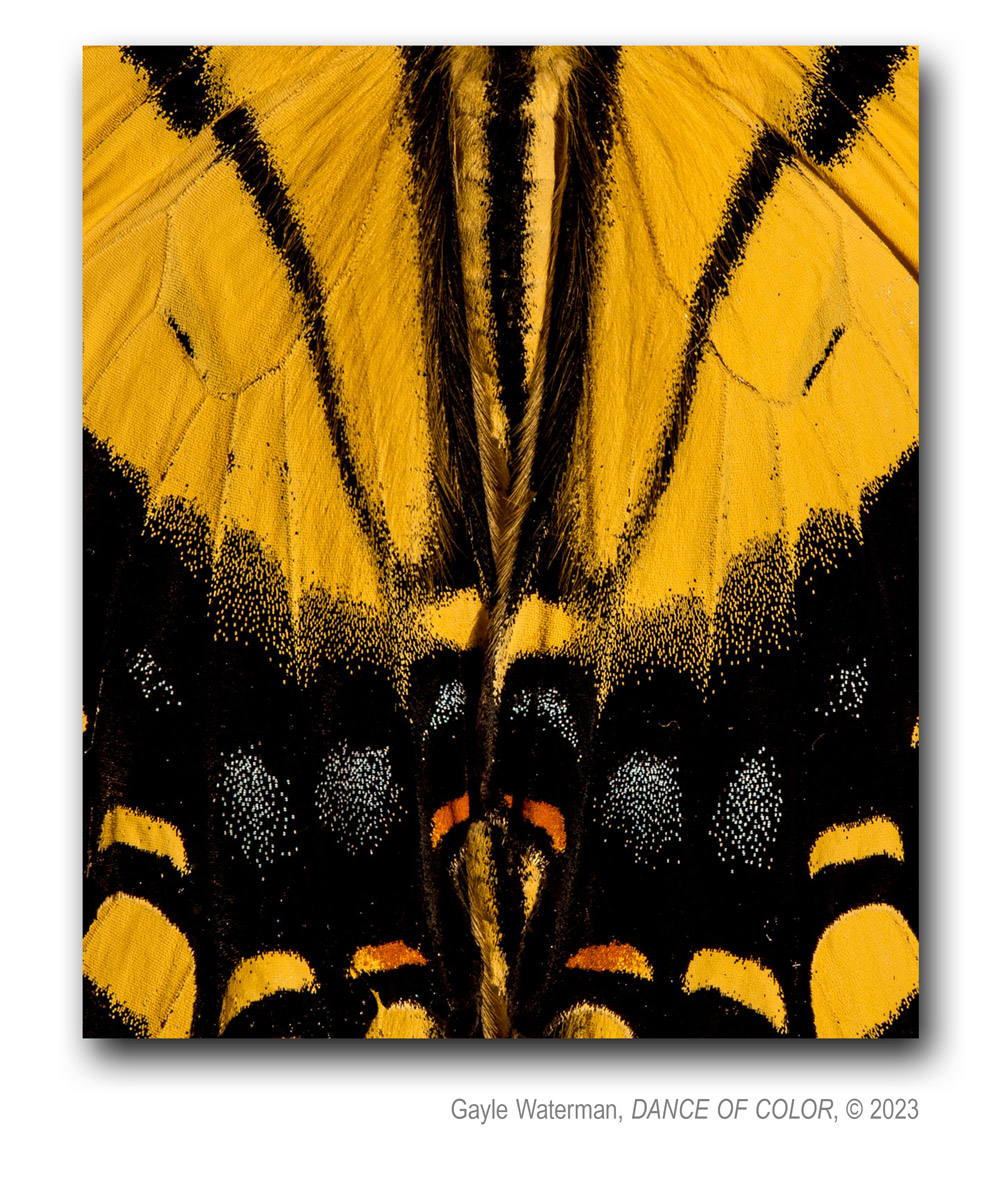
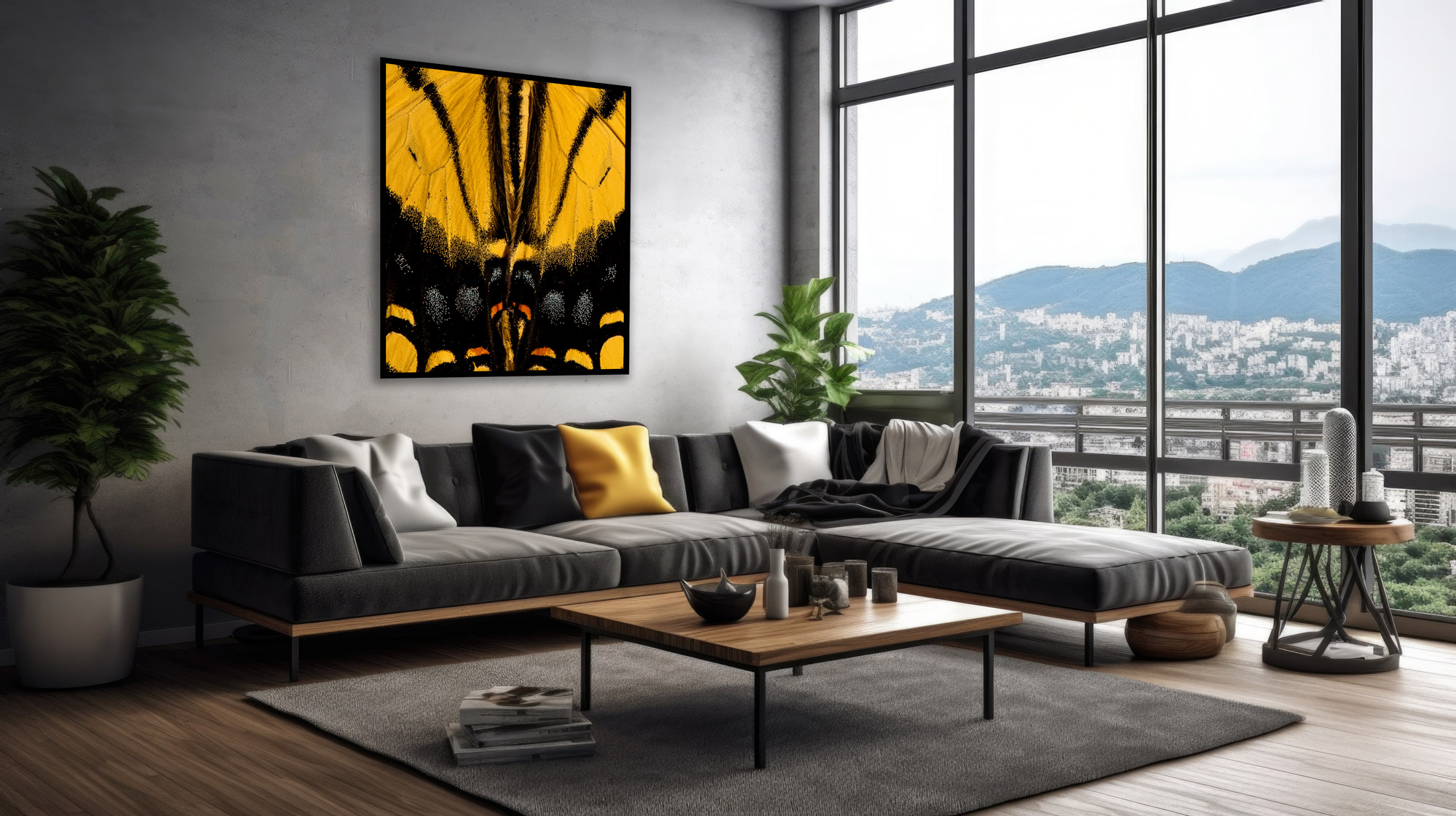
A Dance of Color is one in a new series of abstract macro photographs.
You can view the others by clicking here:
- Repose
- Spread Your Wings
Wishing you joy with the changing leaves and cooler breezes of fall!
Capturing Art within Art
October 19, 2022
My photographer’s mind awakens to aged objects because of their inherent history; old things have so much to reveal. The above Circa 1870’s Japanese screen resonated with me the first time I saw it because of the dimensions of age that are apparent. Japanese Screens, called byōbu meaning “wind wall”, were used as room dividers and to create private spaces. Their history begins in China as far back as 206 B.C. however arrival in Japan during the 7th or 8th century marked the beginning of a long and uniquely Japanese artistic evolution occurring over hundreds of years.Japanese Screen Circa 1870 Meigi Era Shijo School of Painting
Kishi Ganku (1749 or 1756-1839) Initially made of wood panels with metal, silk or leather hinges, Japanese Screens evolved to a lighter wood frame construction with paper hinges, and silk or paper stretched across both faces to create a perfect canvas for artistic expression. As the artistry of these screens grew their purpose expanded. They were used as diplomatic gifts, at funerals and births, in Buddhist and Shinto temples to emphasize someone or something of honor, and by wealthy members of society (such as the Samurai lords) to convey affluence and power.Kishi Ganku (1749 or 1756-1839)
Kanō Sanraku (17th century)
The variety of artwork and subject matter is vast. Byōbu artists used these special canvases to depict nature, celebrations, poetry, human and animal figures, stories and even instructions. Some screens are painted with black ink alone and others are bold and colorful. Gold leaf, now a signature byōbu style, eventually took these screens to another level of elegance.
Konoe Nobutada, Waka Byōbu (Poetry Screen), Momoyama period (1573–1615)
The screen I photographed has a silver leaf foundation that reveals itself from behind the paint and dark overtones of age. The luster and hue of the screen change as the light of day changes. These details intrigued me, and seen more closely in tiny parts through my camera lens, the screen transformed into a unique new version of itself.
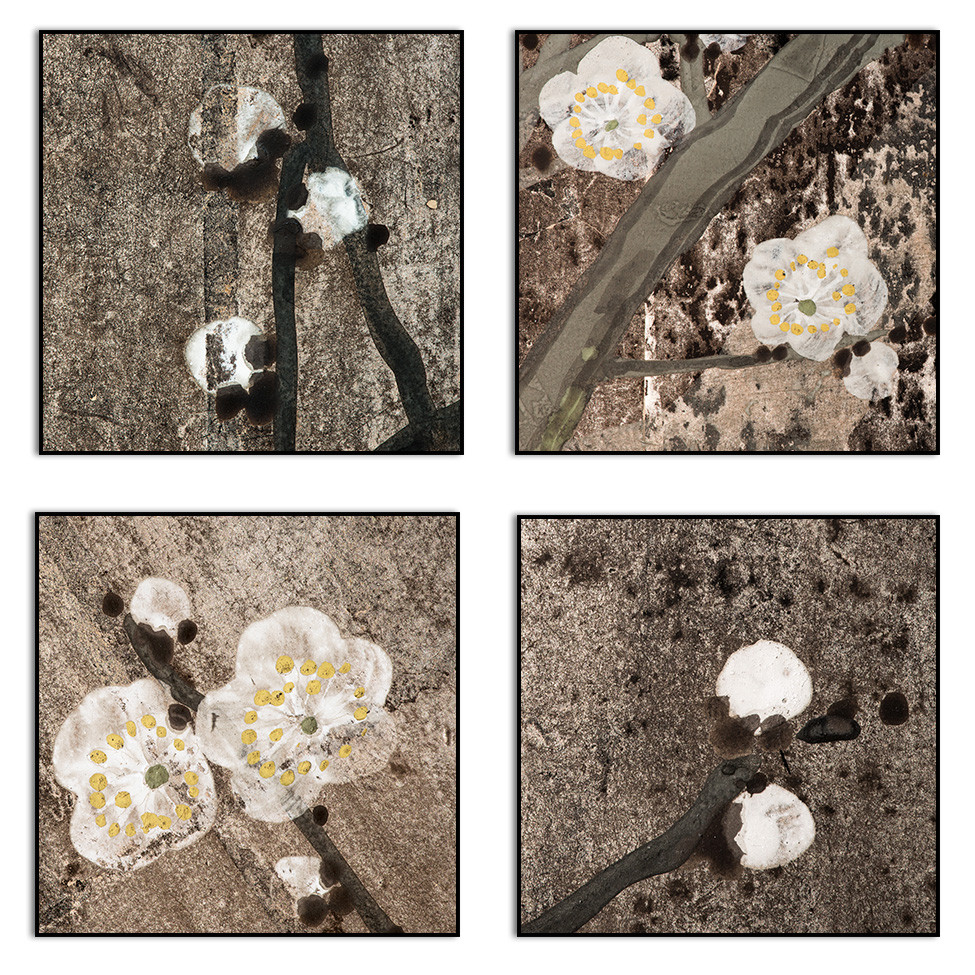
Please contact me directly at gayle@lookstudio.net if you are interested in these new smalls.Gayle Waterman, (Artwork from top left to bottom right) Path of Hope, Garden Path, Full Bloom, Fresh Start (2022)
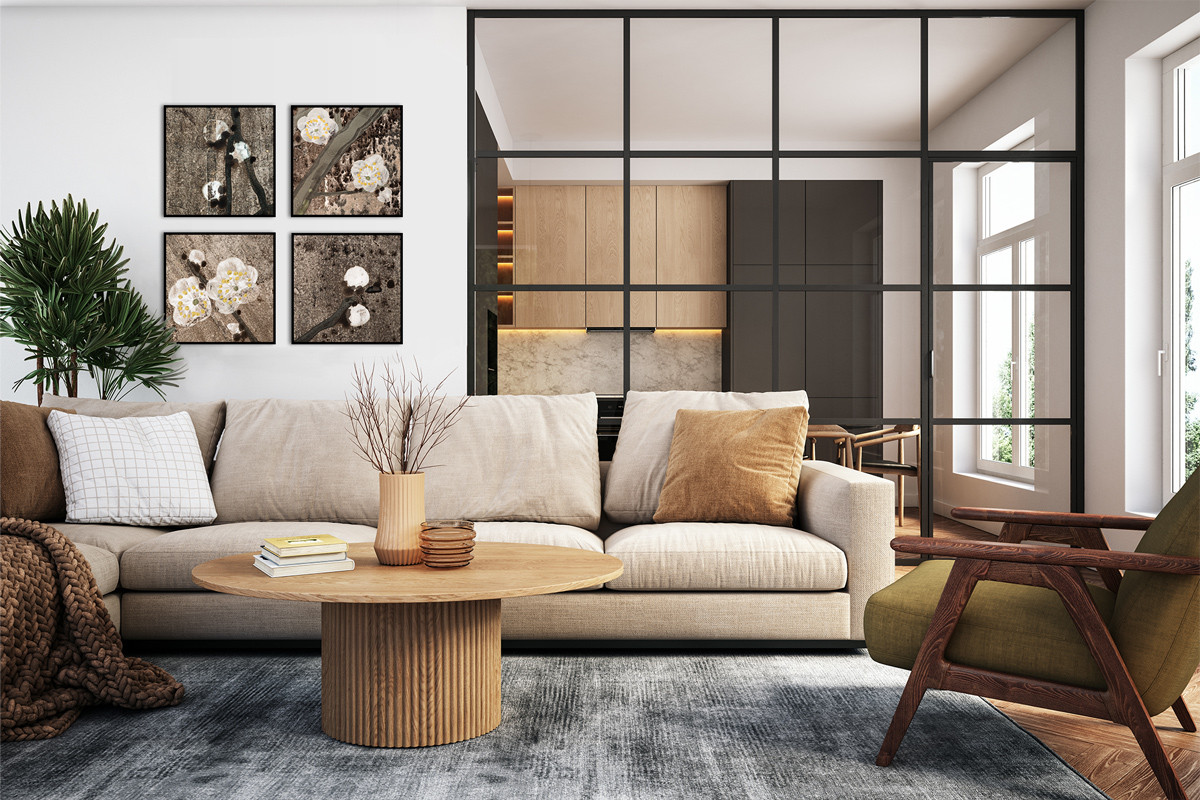
If the Skin Fits, Wear It
May 9, 2022

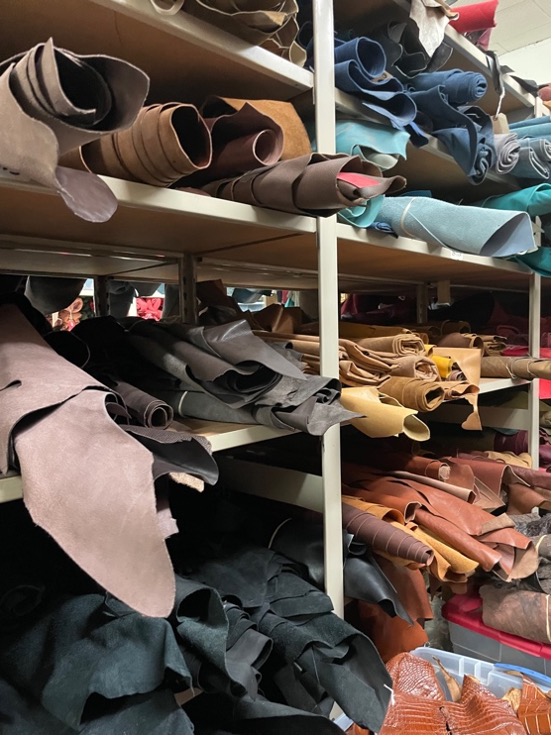
Out of thousands of options, I was drawn to the textures and patterns of reptiles. I’ve never considered myself a fan of reptiles, but once again through the inspiration of the lens, I was fascinated by the patterns that nature provides as a means of protection, evolution, and beauty. As I began processing the images in this body of work, I was surprised by the primal resonance that it created within me. It’s as if I connected to a prehistoric time when these creatures roamed the earth in great numbers.(Stallion Boot Company)
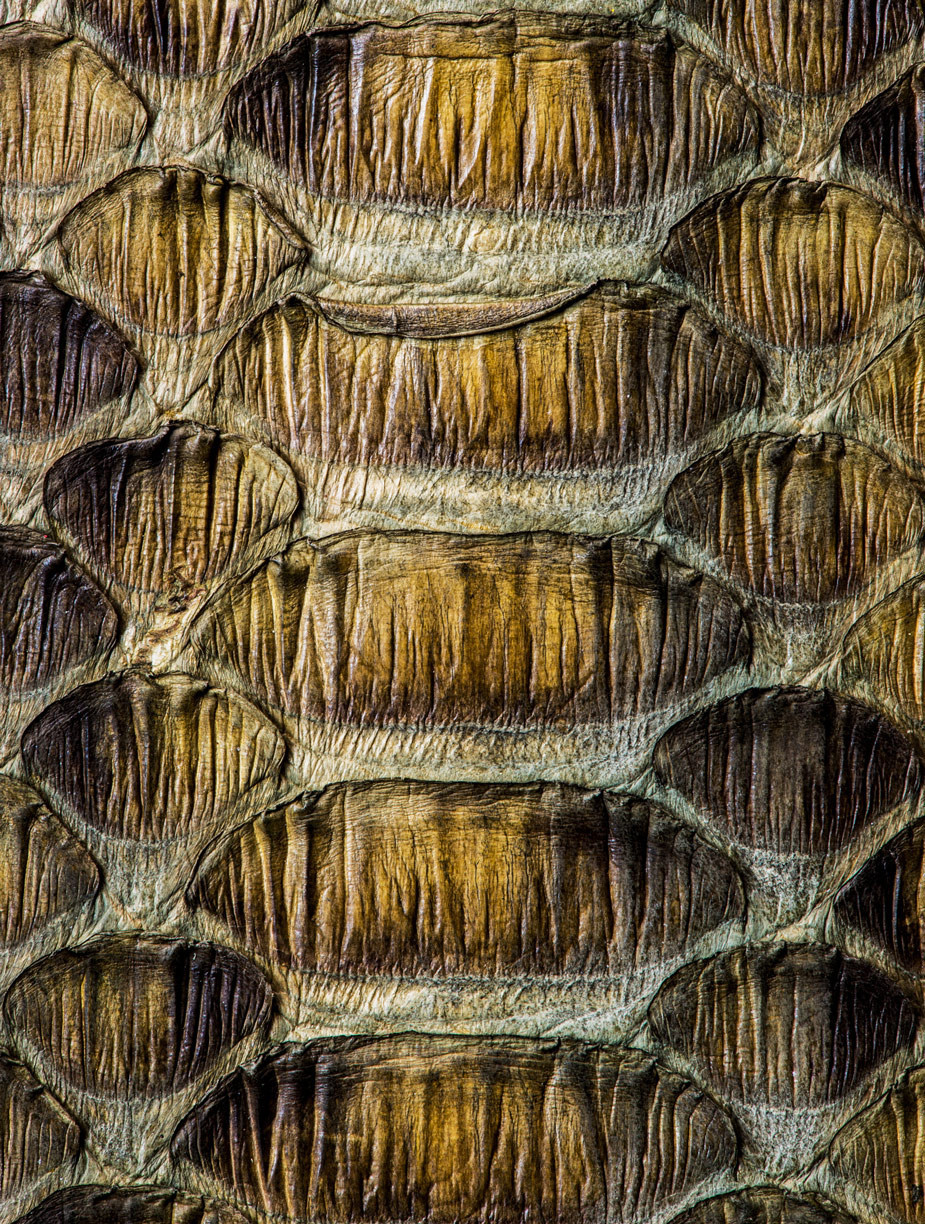
I was interested to discover through a macro lens that the textures and patterns of many reptiles mimic our ancient rock formations that created their kingdoms. The wrinkles in the python look like the sandstone crevasses seen in Canyonlands, Utah or along the Delores River in Western Colorado. The crocodile looks like some of the rock formations near Split Rock in Wyoming.(Citrine Lace, Diamond Python)
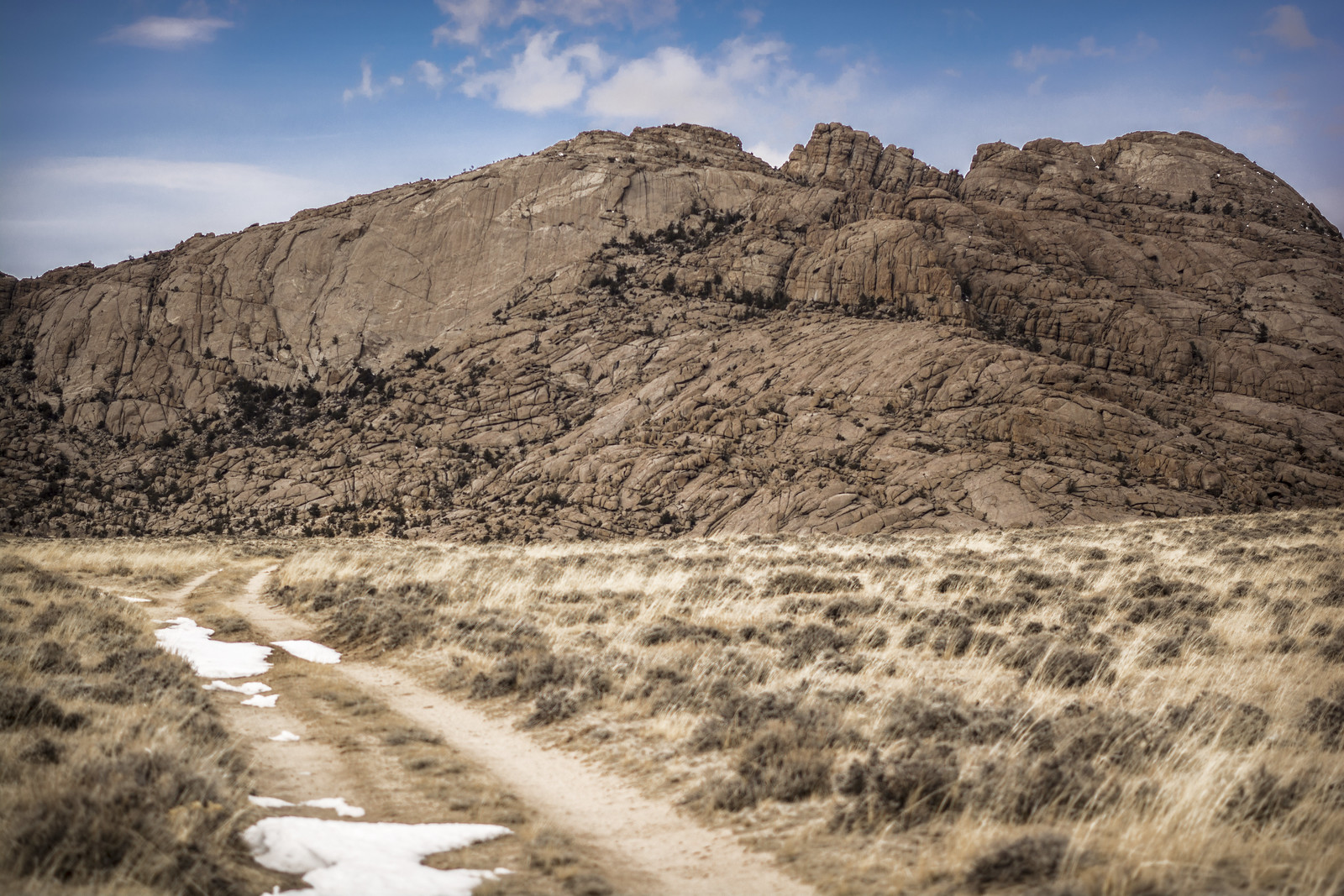
(Above: Split Rock, WY - Image courtesy of BLM)
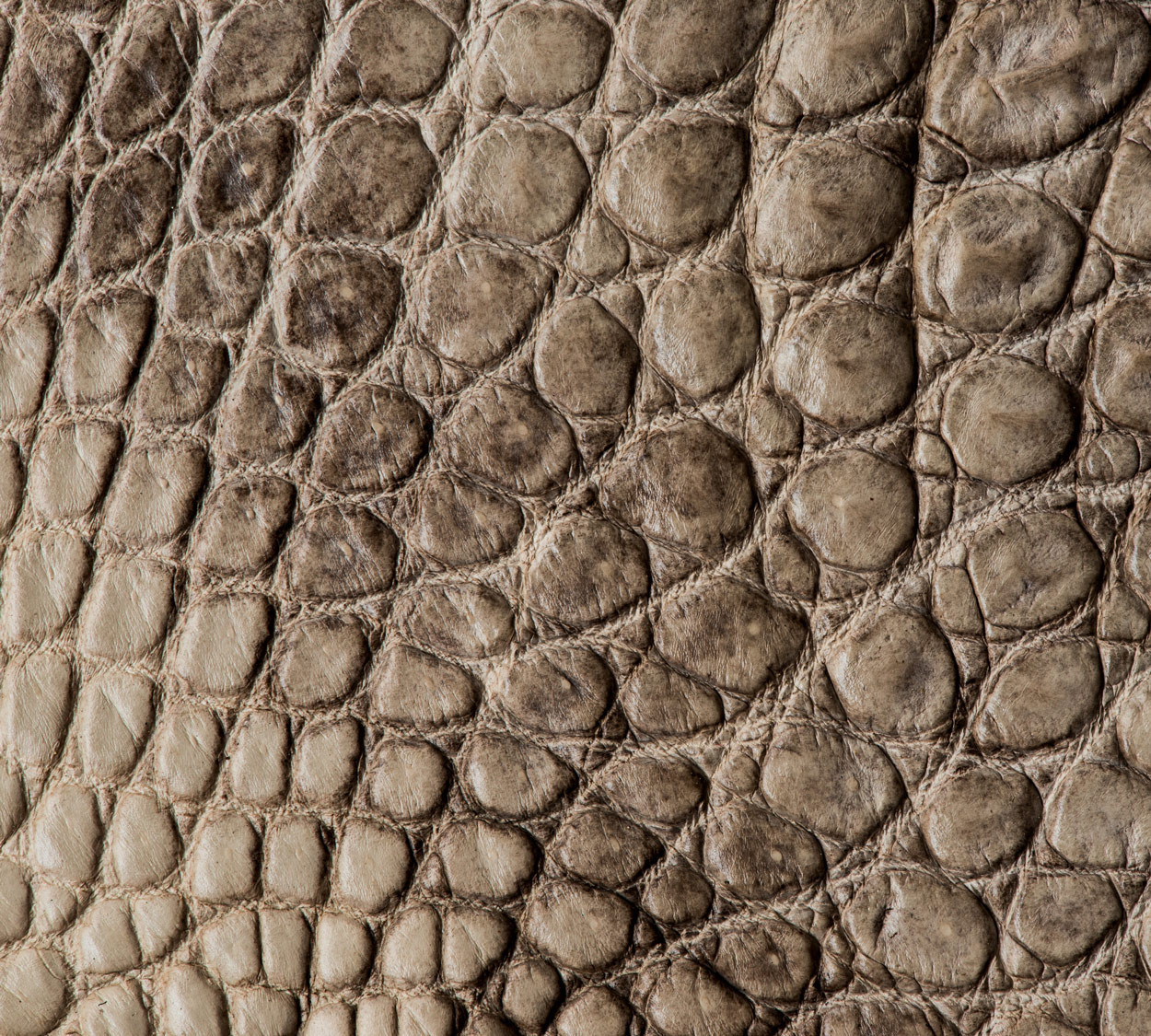
And the ostrich, more recently evolved from reptiles, has an eerie resemblance to the human skeletal spine.(Rocky Road, Crocodile)

The wonder of these animals and their history is yet another reminder of how connected we are to all creatures, to the earth and to each other no matter how different we appear on the outside. In the future I’ll look at reptiles with a different perspective, as if these ancient creatures have wisdom to impart when we take the time to watch and listen. When we look deeply at the layers of the world around us, we’re inspired by the magnitude, wonder and design of creation and the connection among us all. Art is a great adventure in exploring and experiencing the world.(Night Crawler, Ostrich)
Click here to view the High Desert Collection in my Latest Images Gallery.

2022 Artwork for a Bright New Year
January 18, 2022
.jpg)
The abstract photographs below are my favorites of many images. It was a beautiful day and a memorable trip that is shared with you in the artwork below. Please click on each piece individually for further details and vignettes.
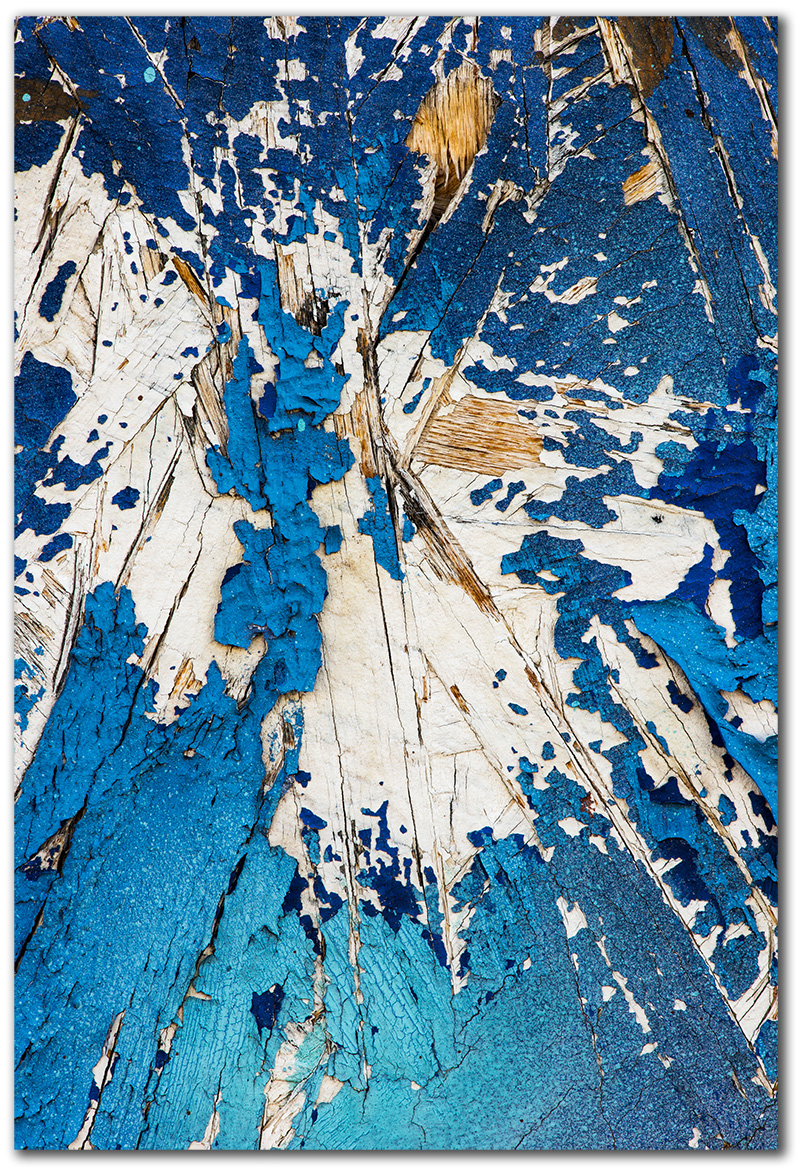

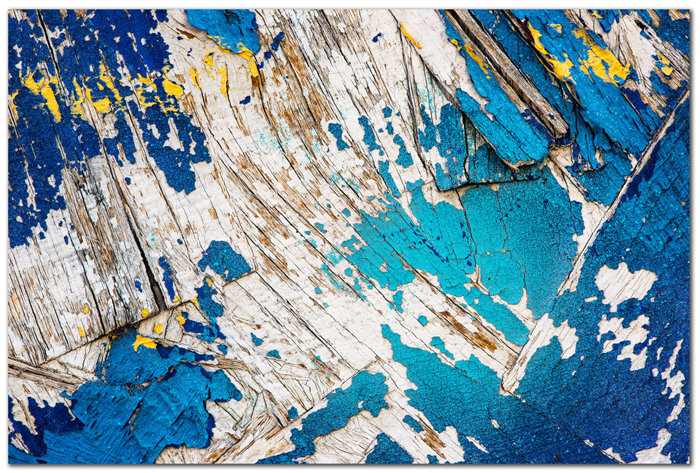
(Above: Strata)
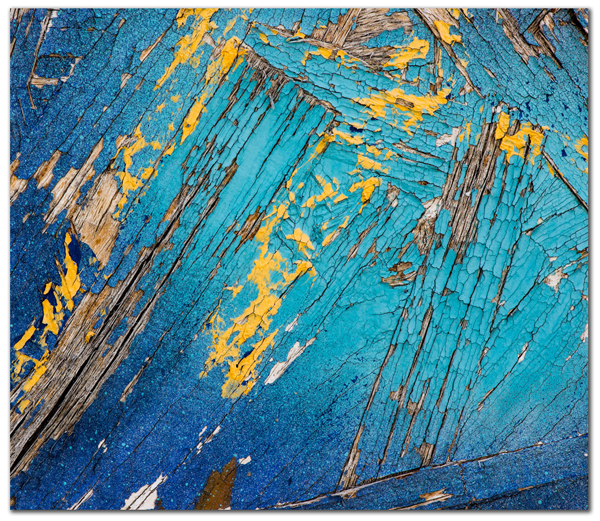
(Above: Over the Top)
Artistic Origins
January 10, 2022
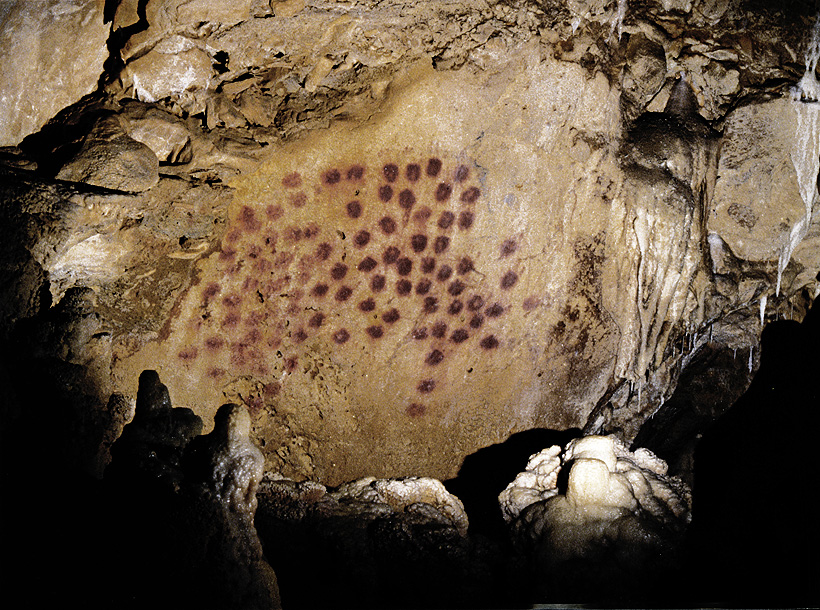

(Left: The Chavet Cave Drawing from the Paleolithic Age. Red dot drawing thought to be a Mammoth. Image courtesy of Bradshaw Foundation)
(Right: The Altamira Caves in Spain, the Old Stone Age. Image courtesy of wikipedia.com)
Locally, there are petroglyphs in 9 Mile Canyon, Utah that are both obvious and bizarre. On a trip there several years ago, I would stare at them wondering what these early people were hoping to communicate or record, and what prompted them to do so. It’s this wonderment that causes me to believe that artistic expression is innately within each of us. The creation of art and our interpretation of it is as unique as our individual thumbprints.
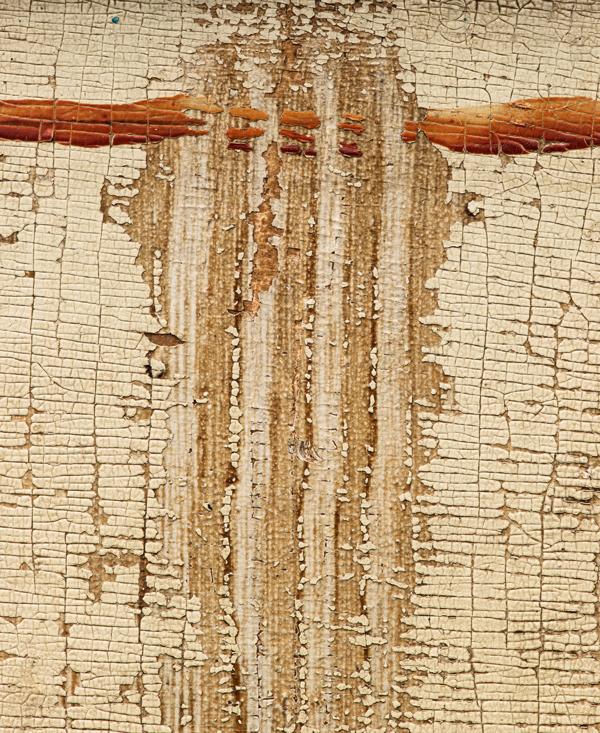
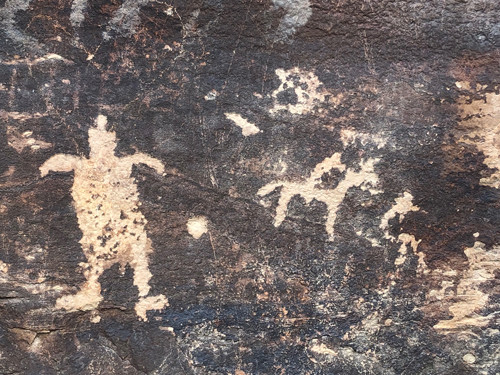
(Left: Medicine Man by Look Studio, harkening to and inspired by the early cave drawings)
(Right: Petroglyphs in 9 Mile Canyon, UT)
Through the years, artistic expression was required to record battles, family legacies, history, religions, love, and life. Over time we came to realize that the artist is in control of the expression of reality. It may or may not be accurately depicted. Whether beautiful or bloody, the canvas or wood or stone is the interpretation of the person who is creating the artwork.
The advent of photography gave us a means of recording “exact” reality at that moment in time. And yet today as all artistic expression has flirted with the abstract, even some photography has become less realistic. The approach I take with abstract photography is to record a sliver of reality, whether it is an old piece of wood or metal and present a suggestion of graphic interest that allows the observer to wonder and to dream.


(Left: I love the watery abstract beauty of this first photograph of the moon. Image courtesy of MyModernMet.)
(Right: A current photograph of mine, Lioness Moon, also has a watery illusiveness.)
The recording of life is omnipresent today with verbal storytelling, text, photographs, video and art. And, it’s as easy as picking up your phone and pressing a button. Each of us can use our innate ability to make our impression and share it with the world. The creation of art validates who we are, where we’ve been and what’s important to us.
To comment on this post, please visit my blog on
